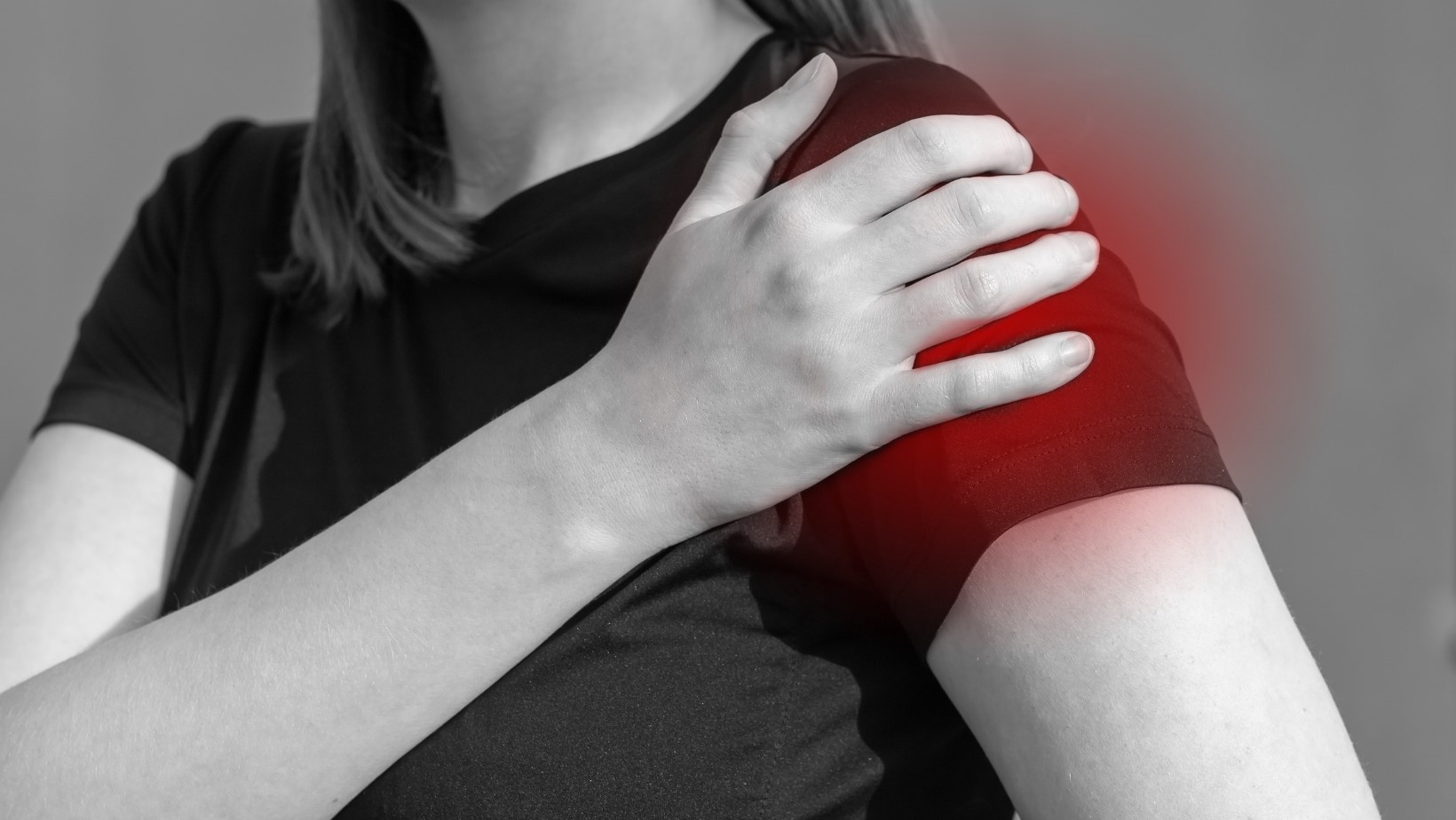
A Dislocation injury can happen in the blink of an eye, disrupting our daily lives and causing considerable discomfort. Whether it’s an awkward fall during a basketball game, or a simple misstep at home, dislocations are not only painful but can also be complicated if not treated promptly. Here, we offer essential information on dislocation injuries, when to opt for treatments, and, crucially, when to head to the Emergency Room.
What is Dislocation?
A dislocation occurs when a bone slips out of its natural position within a joint, causing pain and often limiting mobility. Dislocations can occur in various parts of the body, such as the shoulder, elbow, knee, or hip. Immediate medical attention is often required to realign the bone and minimize the risk of complications. (Cleveland Clinic)
Symptoms
Identifying a dislocation may involve the following symptoms:
- Intense Pain
- Swelling and Bruising
- Deformed or out-of-place joint
- Limited or inability to move the affected joint
According to Mayo Clinic, “dislocations can also cause numbness and tingling around the injured area and could even lead to fainting in extreme cases”. (Mayo Clinic)
Diagnosing a Dislocation
When a patient arrives with a suspected dislocation injury, the initial assessment begins with a thorough examination by skilled healthcare professionals. They carefully evaluate the affected area, looking for common signs such as deformity, swelling, and restricted movement. While clinical evaluation provides essential information, medical imaging techniques like X-rays or CT scans often play a pivotal role. These images provide a detailed view of the injured joint or bone, aiding in determining the extent and precise location of the dislocation. A prompt and accurate diagnosis is vital in ensuring timely and appropriate treatment for dislocation injuries.
Available Treatments
Treatment for dislocations typically involves the realignment of the bones, often referred to as “reduction.” Once the bone is back in place, additional treatments like immobilization and medication for pain relief are usually advised. Aftercare may also include physical therapy to restore function and strengthen the joint. (MedlinePlus)
When to Go to the ER
Deciding when to go to the emergency room for a dislocation is crucial. If you experience severe pain, visible deformity, or lack of movement, it’s time to head to the ER. KidsHealth states, “A dislocation could potentially harm surrounding tissues, ligaments, and nerves, making immediate medical intervention imperative”. (Cronan)
Dislocations can be unsettling and painful experiences. Knowing when and how to seek medical help is crucial in preventing complications and ensuring a smooth recovery. From recognizing the symptoms of dislocation to understanding the treatments available and identifying when an ER visit is required, being informed is your first step towards healing.
Works Cited
Cleveland Clinic. “Dislocation: Types, Treatment & Prevention.” Cleveland Clinic, my.clevelandclinic.org/health/diseases/17873-dislocation.
Mayo Clinic. “Symptoms and Causes.” Mayo Clinic, Mayo Foundation for Medical Education and Research, www.mayoclinic.org/diseases-conditions/dislocated-shoulder/symptoms-causes/syc-20371715?p=1.
MedlinePlus. “Dislocation.” MedlinePlus, U.S. National Library of Medicine, medlineplus.gov/dislocations.html#:~:text=Treatment.
“First Aid: Dislocations (for Parents) – Nemours Kidshealth.” Edited by Kate M. Cronan, KidsHealth, The Nemours Foundation, July 2018, kidshealth.org/en/parents/dislocations-sheet.html?ref=search.
